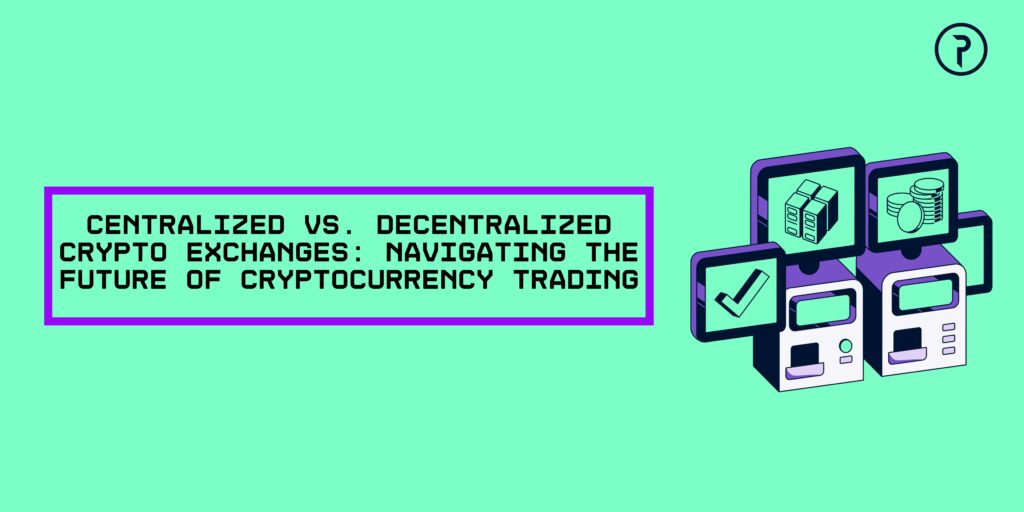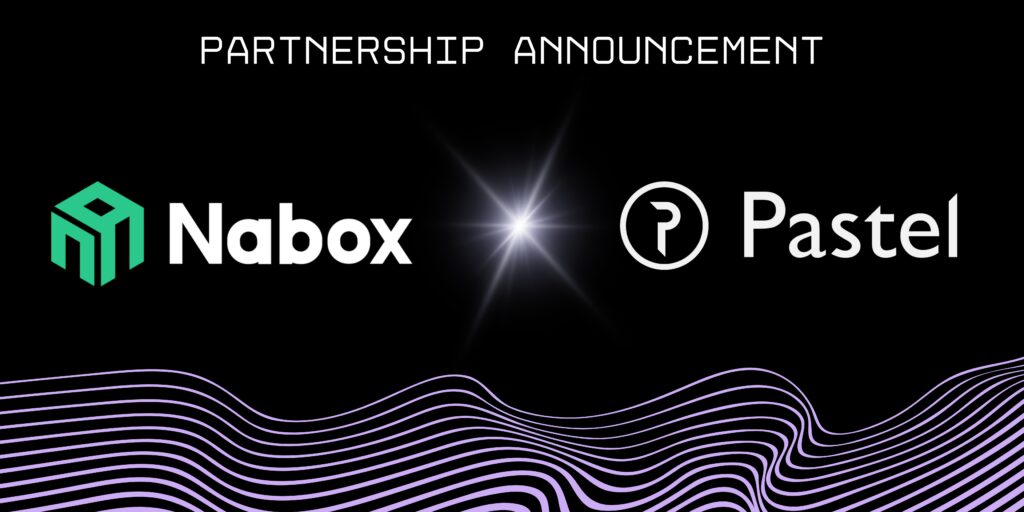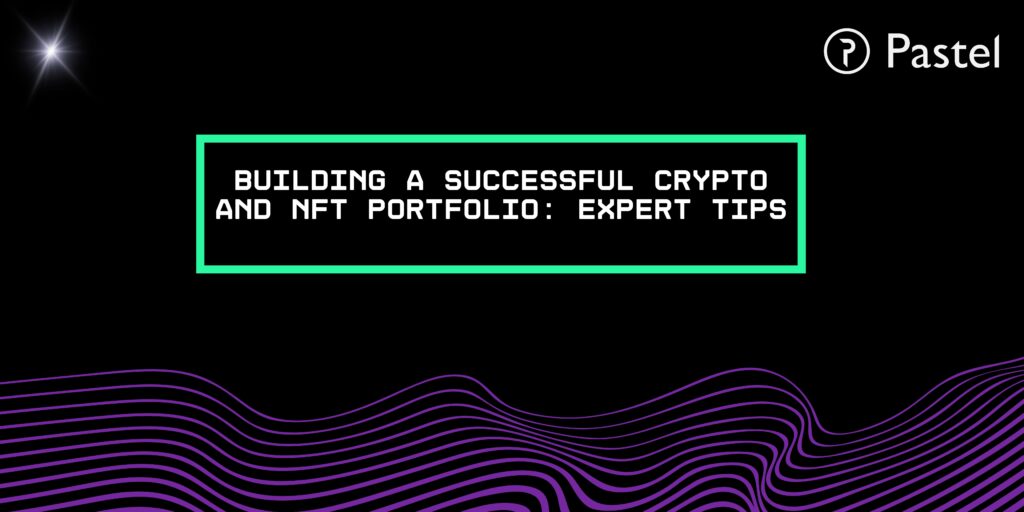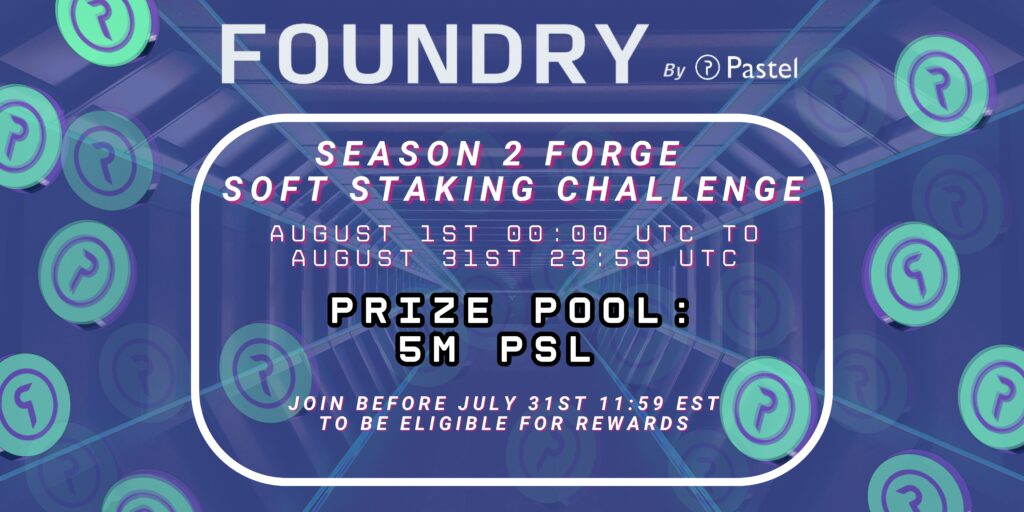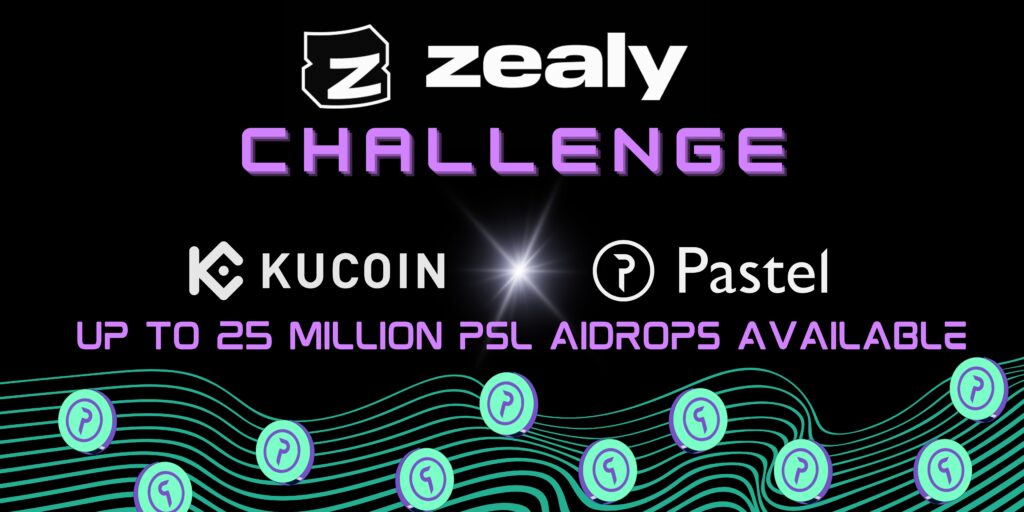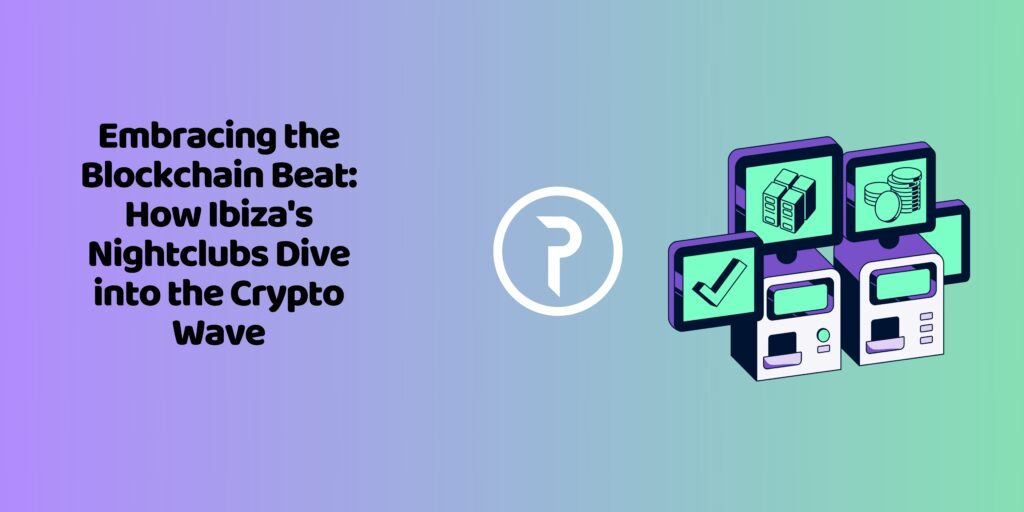It seems only yesterday when headlines of sports trading cards selling for millions of dollars spotlighted the lucrative world of collectible cards.
To recap the highest flying sales:
- A 1952 Topps SGC 9.5 Mickey Mantle card sold for $12.6 million
- A T206 SGC 2 Honus Wagner sold for $7.25 million
- The LeBron James 2003-04 Rookie Patch Auto sold for $5.2 million.
- Patrick Mahomes 2017 Rookie Auto BGS 8.5 sold for $4.3 million.
- Luka Doncic 1:1 Logoman Auto sold for $4.6 million
And the list goes on, often to the incredulity of the average person still digesting the idea that even classical art can fetch multi-million dollar price tags.
Throw NFTs, these intangible digital collectibles, into the mix, and it seems people’s incredulity grows to almost shocked disbelief.
NFT sports cards were inevitable– attach the high value placed on limited edition collectible cards to a 24/7/365 digital marketplace, and you’ve got a powerful combination.
The following guide explores the ins and outs of NFT sports cards.
NFT Sports Cards 101: A Quick Summary of NFTs
To best understand how NFT sports cards work, it’s essential to firmly grasp the NFT concept.
A non-fungible token is a cryptocurrency that is unlike any other– hence its non-fungibility.
For most practical purposes, one bitcoin will always equal one bitcoin, in the same way, one quarter will always equal one quarter.
However, let’s say we have two houses with identical floorplans– but one is on the beach, and the other is in a regular suburb. In most markets, the beachfront house might be worth triple or even ten times the amount of its less-breezy twin.
Similarly, the NFT token standard enables tokens to hold unique characteristics– which are priced accordingly by the market.
The holder of the NFT owns what is essentially the deed to the digital trading card and can sell it whenever.
In more technical terms, the NFT owner holds the token in a cryptocurrency wallet; their private key is what signals to the blockchain that they are the owner of the wallet and its contents, enabling them to trade as they please.
There are no physical tokens or coins that represent the NFT– it’s all digital, and your private key is what communicates your ownership of the NFT.
Exploring the NFT Sports Card World
Today’s most popular NFT sports card platforms are essentially the issuers of a specific collection.
For example, NBA Top Shot is the officially licensed platform of NBA collectibles. NBA Top Shot project took the cryptocurrency world by storm when Dapper Labs launched it in October 2020, introducing many of its crypto-savvy collectors to the future of NFTs.
Dapper Labs is also known for its viral CryptoKitties project in 2017, seeing several CryptoKitties reach six-figure sales.
In addition to NBA Top Shot, Dapper Labs also has NFL All Day and UFC Strike.
In just a few short months, NBA Top Shot attracted over $123 million in sales. In 2022, NBA Top Shot Labs reached over $1.03 billion in secondary market trades.
Dapper Labs takes a 5% royalty fee on secondary NFT sales of its marketplace; so, in theory, Dapper Labs made about $50,000,000 from its users trading its NFTs with each other.
In contrast to physical sports cards, NFT sports cards are able to include additional rarity features; NBA Top Shot uses different tiers like Legendary, Rare, Fandom, and Common.

NBA Top Shot introduced the most polished NFT sports experience in 2020, paving the road for several new NFT sports card marketplaces today.
SoRare is a competing NFT marketplace and issuer that initially started with football (of the round ball sort) NFTs, and has expanded to MBA and MLB NFTs.
However, in addition to purely holding SoRare cards for collection’s sake, collectors can play in twice-weekly global competitions or against friends in private leagues. Using the cards for their collections, players can submit either five-player lineups (for football & NBA) or a seven-player lineup (MLB) in free competitions.
SoRare players can also earn rewards such as digital player cards, merchandise, match tickets, ETH, or even meeting their star athletes– all based on their squad’s real-life performance– similar to a fantasy league.
NFT Sports Cards: Considerations
Chances are that one top question in your head comes from this line of logic: well, if seemingly anyone can launch an NFT, wouldn’t the market just become supersaturated with NFT sports cards, basically commoditizing the asset class?
Correct. However, this isn’t much different from how real-life companies can start pumping out specific trading cards, provided they have adequate licensing and legal agreements with the organizations.
Similarly, sports organizations tend to sign non-exclusive licensing agreements with NFT platforms– similar to how SoRare and NBA Top Shot are competing companies offering NBA NFTs. However, SoRare offers a gaming aspect, whereas NBA Top Shot seems to be strictly collection-oriented.
We can expect to see more NFT sports card marketplaces and issuers arise with different functionalities.
Autograph, for example, is a platform that enables famous athletes and celebrities to turn their real-life experiences into NFTs, giving them a direct link to add personal touches to the digital collectibles distributed to fans.
Rather than a simple static image or . GIF, Autograph NFTs are typically customized high-graphic digital representations, such as interactive posters, digital action figures of iconic game highlights, and more.

The Autograph team counts a star-studded array of celebrity athlete partners, like Tom Brady, Simone Biles, Tiger Woods, Derek Jeter, Wayne Gretzky, and Tony Hawk.
However, NFTs come with additional considerations their physical counterparts don’t.
For one, the underlying blockchain adds another distinctive category type. While the bulk of NFT sports cards (in terms of market share, volume, and popularity) are on Ethereum’s blockchain, there are competitors emerging on blockchains like Solana, Polygon, Flow, and even Cardano.
Final Thoughts: The Future of NFT Sports Cards
Bear or bull market, the underlying value proposition of NFT sports cards remains the same– collect digital assets representing your favorite athletes similar to how you’d collect physical cards.
With a few billion dollars in primary and secondary volume, NFT sports cards are a smaller yet still dominant representation of NFT’s potential.
It’s not a stretch to assume we’re in the early innings of how far NFT sports cards can go; platforms like NBA Top Shot, SoRare, and Autograph have raised and are implementing over a billion dollars of cumulative funding to build their NFT offering
However, potential NFT sports cards holders should be mindful their digital holdings come with more nuanced responsibilities, such as protecting your holdings from hackers (and yourself) with adequate cryptocurrency wallet security and digital hygiene– as well as the underlying risks of the very risky cryptocurrency world.
